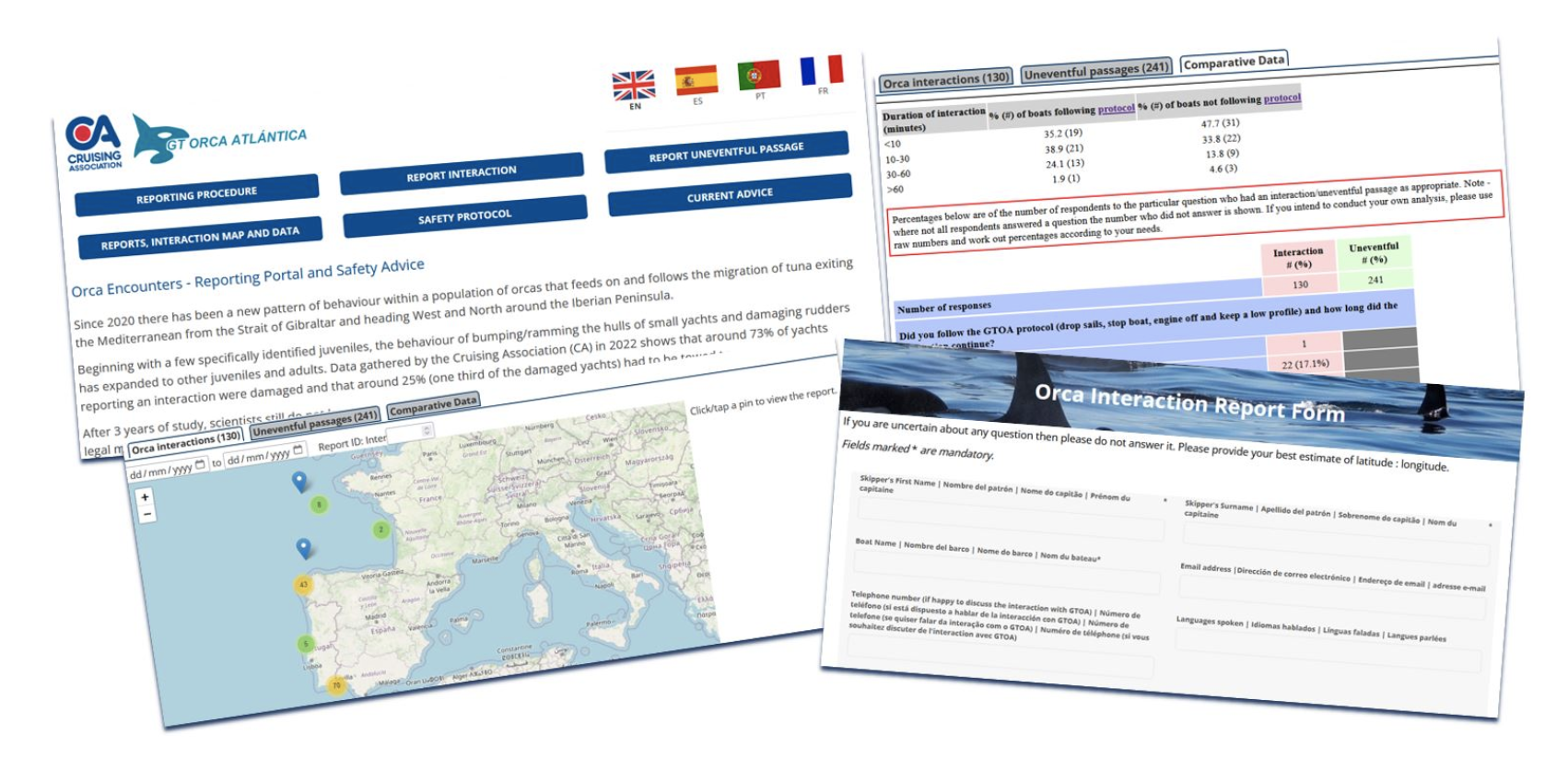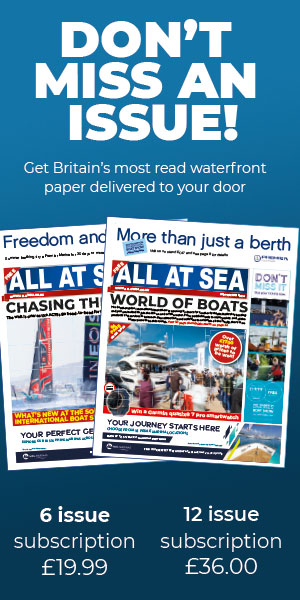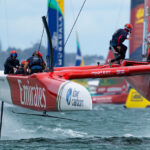The Cruising Association (CA) has launched an updated online portal and web pages for orca information and reporting, the result of a year-long effort to gather and analyse data on orca interactions.
The updates to the portal and web pages reflect the research and analysis that has been undertaken by the CA since June 2022, and include the sharing of additional safety and deterrent advice, updated reporting forms and links to other resources, including current orca locations.
In June 2022, the CA launched its portal – available in English, French, Portuguese and Spanish – in collaboration with Grupo Trabajo Orca Atlantica (GTOA), to share information and gather reports from skippers on orca interactions and uneventful passages. The initiative was in response to the increasing trend of behaviour demonstrated since 2020 within a population of orcas that feeds on and follows the migration of tuna exiting the Mediterranean from the Strait of Gibraltar and heads West and North around the Iberian Peninsula.
In 2022, two yachts were sunk due to interactions with orcas, and another yacht met the same fate in early May 2023. While fortunately all crew members were rescued, this situation is of great concern to cruising sailors located within or transiting through the affected area and there is only limited evidence led advice available to help.
Research and Analysis
The CA orca project team has analysed over 300 interaction and uneventful passage reports received in 2022 and some patterns have emerged which are shared on the portal. Of the 132 interactions, 99 yachts experienced damage.
The comparative data is published, with the CA portal the only database that is publicly accessible for use by sailors, scientists, and others interested in the data.
By gathering as much information as possible, the CA and GTOA will be better equipped to identify factors that may help reduce the risk of an interaction, along with those actions taken by a skipper which are effective or not.
Online Reporting
Skippers are urged to submit orca interaction and uneventful passage reports through interaction hotspots. The CA reporting portal is considered the central platform to monitor in detail interactions and uneventful passages, as it gathers comprehensive information in a structured way.
Data gathered includes sea state/wind speed, boat speed, day/night, cloud cover, distance off land, sea depth, hull/antifoul colour, type of rudder, use of autopilot and depth sounder etc. Additional data fields added for 2023 include detail on the number of orcas (and whether adult or juvenile) in contact with the boat, whether trailing a fishing lure, and reversing technique. These new fields are intended to test scientific theory-based advice and to look for best practice when reversing.
Stay Safe
Although various deterrent measures are discussed, there are currently no reliable legal methods. The CA portal provides a ‘Safety Protocol’ and a list of potential, yet unproven, deterrent measures. Examples include staying close to shore, staying in shallow water, using sand as a screen, reversing and making a noise onboard.
The CA will continue to share progress and information with the cruising community. You can find out more at www.theca.org.uk/orcas.














